5 Years for a Wheel That Fell into a River: How Minors Were Repressed Under Stalin
In 1935, the criminal code was once again changed in the USSR. Now it was possible to condemn and punish teenagers, even children.
One of the victims of the updated legislation was a simple village boy Grisha Putilov.
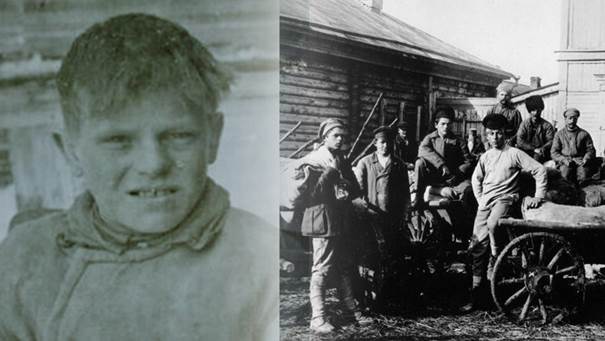
Enemy of the collective-farm system and the toiling peasantry
He was barely 14 at the time.
Historical background
After the Civil War, the young country inherited the large-scale problem of child homelessness.
Subsequent events – dekulakization, surplus-appropriation, famine, repressions – exacerbated it.
And where there is homelessness, there is juvenile delinquency. To reduce it, the country has strengthened punitive measures and toughened punishment for teenagers.
Since 1926, the age of criminal responsibility has been reduced to 14 years. And on April 7, 1935, the infamous decree lowered the bar to 12 years and allowed the death penalty for children.
According to rumors, Voroshilov was more involved in the resolution than others. In a memo to Stalin, he cited the example of an “outrageous case” when the son of a Moscow deputy prosecutor was stabbed by a 9-year-old street kid.
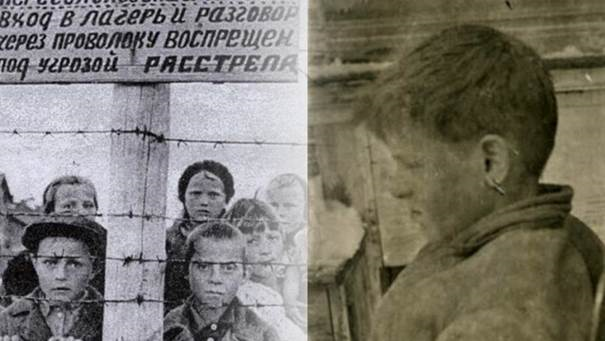
“All the best for children,” Comrade Stalin asserted
As a result, “all measures of criminal punishment” began to be applied to children, including execution.
Juvenile Collective Farmers
Grishka was born in the village of Usanovka, Perm Krai, in a poor family.
When the boy was 11, his father, the breadwinner of the family, died. Five children and a mother were left without him.
There was a collective farm in the village, where the elder Putilovs worked. Grishka was also accepted into it as a water carrier.
He spent that August day, as usual, with his comrade Fedka Borisov. Driving around the village, the boys saw several broken carts waiting for repairs near the smithy. The boys rolled out the crumpled wheel and began to drive it across the grass.
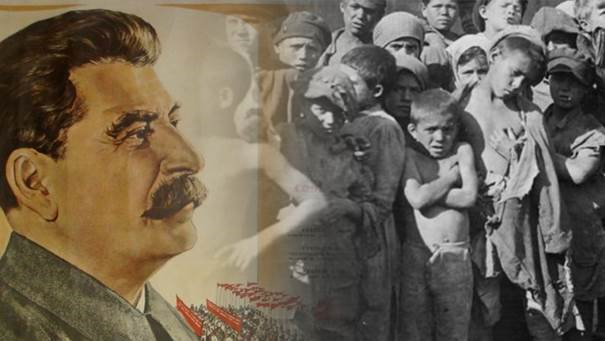
The main workforce in the collective farms were women and children
The fun ended with the wheel “breaking out” and flying into the river.
Think about it, you might say.
But a village police officer, who was passing by, said otherwise. “Are you throwing away your property?” he snapped at the boys. The ashamed teenagers swore that they would not be so naughty again. The district police officer drove on, and the guys continued to deliver water.
Arrest and Children’s Camp
But it turned out that not only collective farmers, but also NKVD workers were obliged to fulfill the production plan. That’s why Grishka was remembered in winter.
On January 24, 1938, the Chekists came for him.
The boy was taken to the Kungur prison and kept behind bars for 8 months, without clear explanations.
Finally, it was explained to him that he, Grigory Putilov, was guilty of “harming the collective farm system” and “organizing illegal gatherings.” The first was the ill-fated wheel, and the second was the game that Grishka had started.
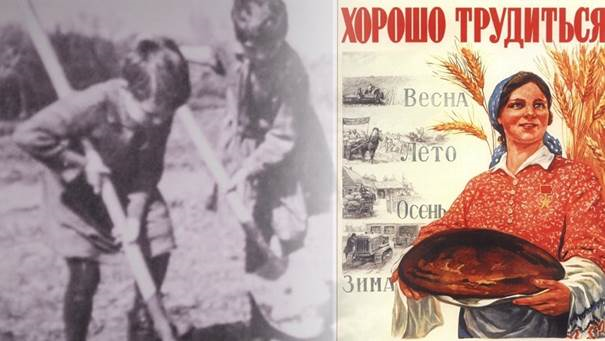
This is how Putilov got into the teenage “zone”
The boy liked life in the children’s colony. Here we were fed regularly (at home I had to eat every other day). And he, like all villagers, was accustomed to work from childhood.
Among the political
But two years later, the boy was transferred to an adult camp near Arkhangelsk.
In it, he recalls, the conditions were different. We lived in dank barracks for 100 people, at lunch they were given a ladle of balanda, instead of a pillow and a blanket – a hat and a jacket, by morning you could stiffen… Grishka was saved by her youth, her young, hot blood.
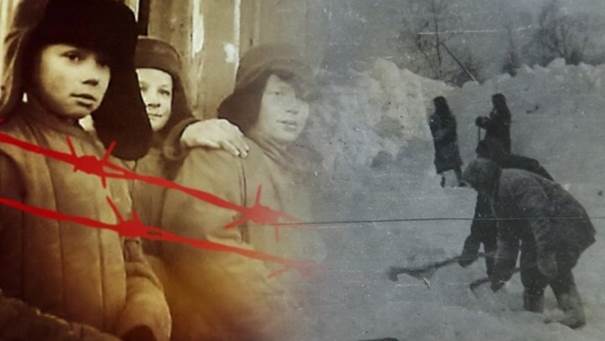
The Arkhangelsk camp resembled hell, where instead of flames there was ice and frost
And the convicts – mostly political – treated the young girl with pity.
The Gulag and after it
In 1941, Putilov was transferred to Ukhta, which belonged to the Gulag.
There were more criminals here, but the guards turned out to be worse than the criminals. In the mornings, they woke up the prisoners with the command “Wake up without a last.” It meant that the last person to jump up could be shot, and the guards more than once, in front of Grishkin’s eyes, fulfilled this promise.
No one counted the living, no one asked about the dead. After the winter, when the snow melted, the corpses slid into the river and floated down it like logs…
Grishka was beaten, muzzled, taken out into the cold at night, locked in an isolation ward…
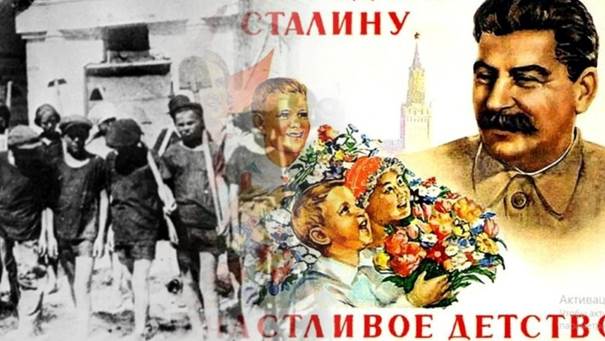
During the Stalin years, more than 25,000 children were repressed
Even in 1943, after his release, he was not allowed to return home, but was sent to work in the mines.
In 1989, when the period of rehabilitation began, Grigory Putilov was shown his case for the first time. He was astonished: such a thick folder full of papers, a real “collected works”. And he was just playing with a crooked wheel…
